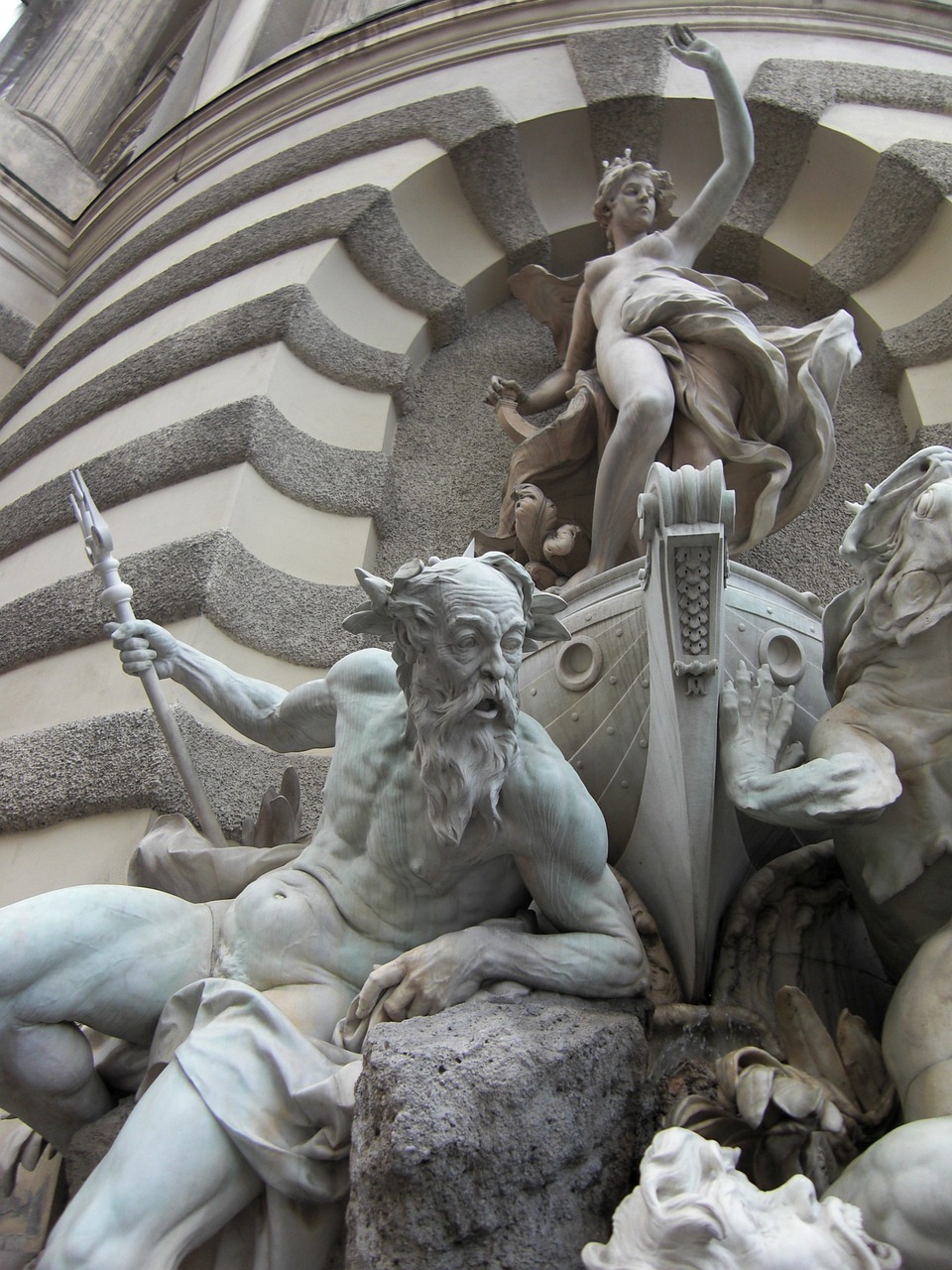Neptune
On the 1st of December, coinciding with the new moon, the Romans honored Neptune with offerings. Despite his lesser popularity in Rome compared to the Greek sea deity Poseidon, Neptune is celebrated with two annual festivals. The origins of the name Neptune can be traced back through various linguistic evolutions such as Gaelic Nechtan and Brythonic Nodens, all linked to Xákwōm Népōt, a proto-Indo-European deity. Xákwōm Népōt is depicted as a guardian of a mystical well filled with fiery water, representing wisdom, poetry, and prophetic abilities in medieval Irish traditions. His name suggests a divine connotation connected with water, emphasizing his role as a source of enlightening and transformative powers. This deity is associated with drinks symbolizing immortality across different Indo-European cultures, elucidated through various figures including the smith god Goibniu’s Ale in Ireland.
Those looking to invoke Celtic deities without established festivals may benefit from the Roman Imperial calendar. The Romans’ extensive conquests introduced them to diverse Celtic tribes and customs, as even places like Newgrange saw Roman visitors. Romans sometimes synced local Celtic deities with their own pantheon. However, the Celts often retained individual connections to specific deities, leading to unique regional interpretations. This dynamic, coupled with shared origins like Xákwōm Népōt, allowed for an evolving understanding and integration of Celtic worship.
The Deities
Nechtan
Pronounced: NEK-tan
Nechtan is recognized in Gaelic as the custodian of the Well of Wisdom, surrounded by nine blooming hazel trees. Consumption of the well’s water or its associated salmon—nourished by the sacred hazelnuts—endows complete knowledge. Residing in the Otherworldly Síd Nechtain, only Nechtan and his three female cup-bearers could access this sanctified place safely. The well is, in fact, referenced by various names in folklore, with notable mentions from the poet W.B. Yeats who envisioned it filled with profound emotions.
Invocation to Nechtan
He of the radiant waters springing forth,
The fountain rich with imbas,
From whence rivers commence their journey,
Nechtan, Nechtan, Nechtan, God of the sacred well,
May you heed my call.
Boann
Pronounced: BO-an
Often regarded as a central figure of fertility, Boann is a member of the Tuatha De Danann. The white cow embodies abundance in Indo-European mythologies. Some traditions claim her lineage connects her with the river, which she created following a tumultuous event linked to the Well of Wisdom. Boann’s tale illustrates her dual role as both a devoted figure and a source of life, encapsulating the potent themes resonant throughout Celtic narratives.
The tale cascades through her actions at the well, where historical significance intertwines with myth, exemplifying her becoming the river Boyne. Her journey reflects profound symbolic transformations.
Nodens
Pronounced: NO-dense
An early Brythonic god of the sea, Nodens encompasses associations with hunting and healing. His name implies a connection to the ideas of capture, resonating with themes of illness. The temple dedicated to Nodens in Lydney Park stands as a testament to his healing significance among ancient Britons. Pilgrims sought divine guidance from him through dreams in search of cures, emphasizing the supernatural reliance on water as a purifying and healing organ.
Legendary Figures
Nudd & Llud
Both Nudd and Llud expand on Nodens’ legacy, featuring prominently in tales filled with rich familial ties, divine rivalry, and the essence of love and sacrifice. Their narratives indicate that divine relationships embody more profound elements of human experience.
Nuada
Pronounced: NOO-adh-a
A paramount figure in the Tuatha De Danann, Nuada signifies complexity through power and loss. His abilities as a warrior and king intertwine with poignant themes of healing and enlightenment. Following his grievous injury, Nuada symbolizes resilience and the interplay of destiny and sovereignty within Celtic cosmology.
Ritual Practices
For those inclined toward ritual, elements centered on Xákwōm Népōt entail purification and renewal, particularly during the late November period. Observing the practices of ancient Romans, one could engage in a fast and reconnect with the essence of ritual through offerings at springs or altars, emphasizing personal and communal healing and reflection.
Concluding Thoughts
Each deity and mythos reflects an intricate tapestry of beliefs vital to Celtic identity, yielding insights into the deep-seated connections between the divine, nature, and humanity within their tapestry.



